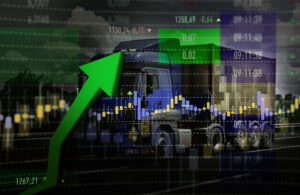Is ‘Temporary Inflation’ a Real Thing?
The comments below are an edited and abridged synopsis of an article by John Rubino
Fed Chair Jerome Powell spooked the markets by predicting that inflation will jump when the economy reopens—but don’t worry, it’s just temporary.
This comes as the US government prepares to hit the economy with $4 trillion of created-out-of-thin-air cash in the form of the Covid stimulus bill and the blockbuster infrastructure plan that’s next in the pipeline.
It may be simpler to view this year’s spending as a bailout for badly run cities and states. After all, part of being badly run is skimping on roads, bridges, etc. in order to fund overgenerous public sector pensions. Because most of these places have been ruined by politicians from the same party that now controls Washington, a direct bailout would be politically dangerous. But give a bill a popular name and Congress can lard it with everything on the wish list.
In this late, decadent stage of rampant financialization, governments will always find a way to borrow and spend more, because there’s no other option if they want to avoid presiding over the next Great Depression. More debt won’t delay a depression forever, but it might move it beyond the retirement date of most of the current political class, and for them, that seems to be enough.
As for temporary inflation, you could make the case that it’s already raging. As for interest rates, the 10-year Treasury Note responded to Powell’s speech by jumping back up to 1.5%.
These are signs of an overheating economy—BEFORE several trillion more dollars inundate construction, housing and finance. So how can the Fed know that the even more broad-based inflation likely to result from tossing new gasoline onto this fire will burn itself out in a few months? It can’t possibly know that. History says that this particular genie, once out of the bottle, likes to stick around for a while.

